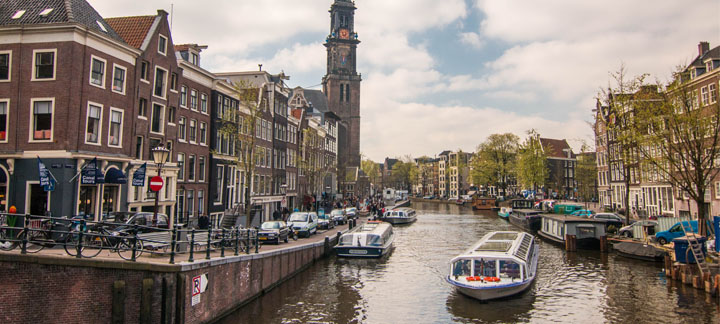

The Netherlands is the 6th largest wine importer in the world, an industrialized nation with a GDP of $1117 billion U.S. dollars, high purchasing power, and a very modest internal wine production. These factors created a diverse and mature network of wine importers and distributors that constantly adapt to the latest trends. With a record value of wine imports of USD 1.66 billion, the Netherlands is more attractive than ever as a wine market and more and more wine producers are trying to get a reliable wine importer or distributors in the European country.
The Netherlands has a quite distinct import pattern compared to other European countries like Germany or the UK. Its historical ties with various regions around the world mean that wines from South Africa or Spain are very popular, for example. French wine is leading the top, with imports reaching 453.3 million USD in 2023. In the top 5, we also find Italy, Germany, Spain, and Belgium (which acts as a wine distributor).
Market Structure
The Dutch market is dominated by off-trade (grocery, independent retail etc.) and some of the largest players that share the market are Albert Heinj, Superunie and Jumbo. Smaller specialists handle the rest of about 10% of the sales. This could be a problem for some producers as the promotional fees charged by the supermarkets can be quite high. Exclusivity is also usually a requirement, as well as the possibility to supply large volumes. Dealing with wine importers in the Netherlands can be a better strategy, especially for smaller producers or for those coming from lesser known markets. They can help in keeping the costs manageable and in intermediating the deals with the supermarkets.
The Most Important Trends
Bag-in-box (BiB) wine experienced significant growth, surpassing sparkling wine for the first time to become the second most purchased category by volume. This innovative packaging saw a more than 60% rise in volume and, cementing its popularity among Dutch consumers. Germany strengthened its lead as the top supplier of BiB wine, achieving over 85% growth in volume and doubling its value. Spain also performed strongly in this segment, ranking second with a 42% rise.
The Dutch also show an increased interest the premium segment, where we can see a close to 17% increase per year in the last few years. Consumers are increasingly willing to pay more for high-quality wines, particularly those from well-known wine regions such as Burgundy, Bordeaux, Tuscany, and Champagne. There is also a growing interest in premium wines from lesser-known regions like Portugal’s Douro Valley, Spain’s Ribera del Duero, and Austria’s Wachau.
Another important trend that is also clear in other mature European wine markets is the increasing demand for organic, biodynamic, and sustainably produced wines. Dutch consumers, particularly millennials and younger generations, are becoming more environmentally conscious, seeking wines that reflect their values. This shift has led to a rise in imports of organic wines from traditional producers like France, Spain, and Italy, as well as from emerging wine markets such as South Africa, Chile, and Argentina.
According to statistics, red wine is still preferred by more than 50% of consumers, followed closely by white. Rose only represents around 10% of purchases. The trend is changing, however, with constant growth being experienced in white wine consumption.
3 Wine Importers from the Netherlands
Tchin-tchin
Address: 40a Parijsboulevard
Utrecht, Utrecht, 3541 CX
Phone: +31 30 785 3926
Website: https://tchintchin-utrecht.nl/
4 Trading
Address: 3 Tutein Noltheniusstraat
Amsterdam, Noord-Holland, 1065 EZ
Phone: +31 6 51119422
Website: 4-trading.com
Vinovation International
Address: Po Box 2216
Budel, North Brabant, Cranendonck, 6020 AE
Phone: +31 499 712 555
Website: https://www.vinovation.eu/
Producers interested in the Dutch market can find a database with complete details about top wine importers, distributors and retailers here.





